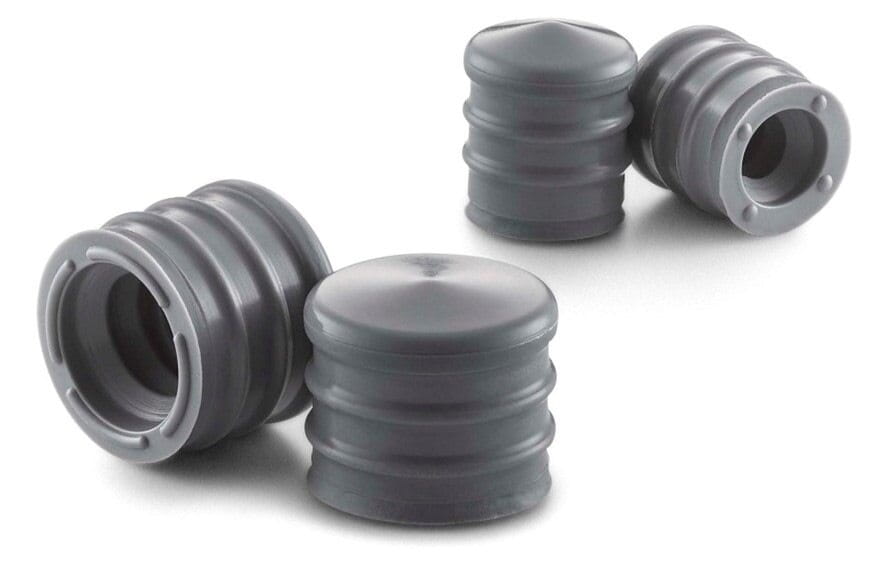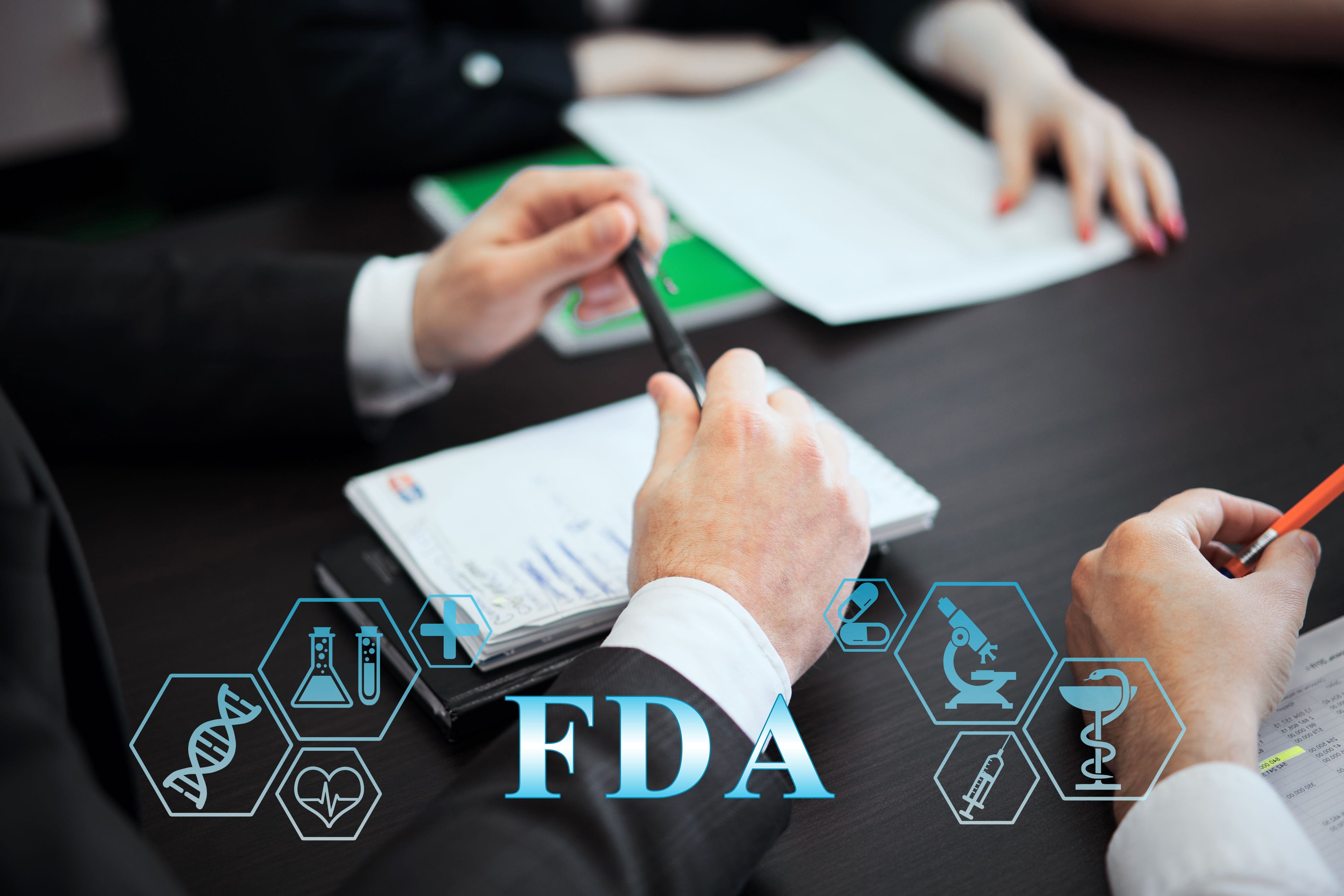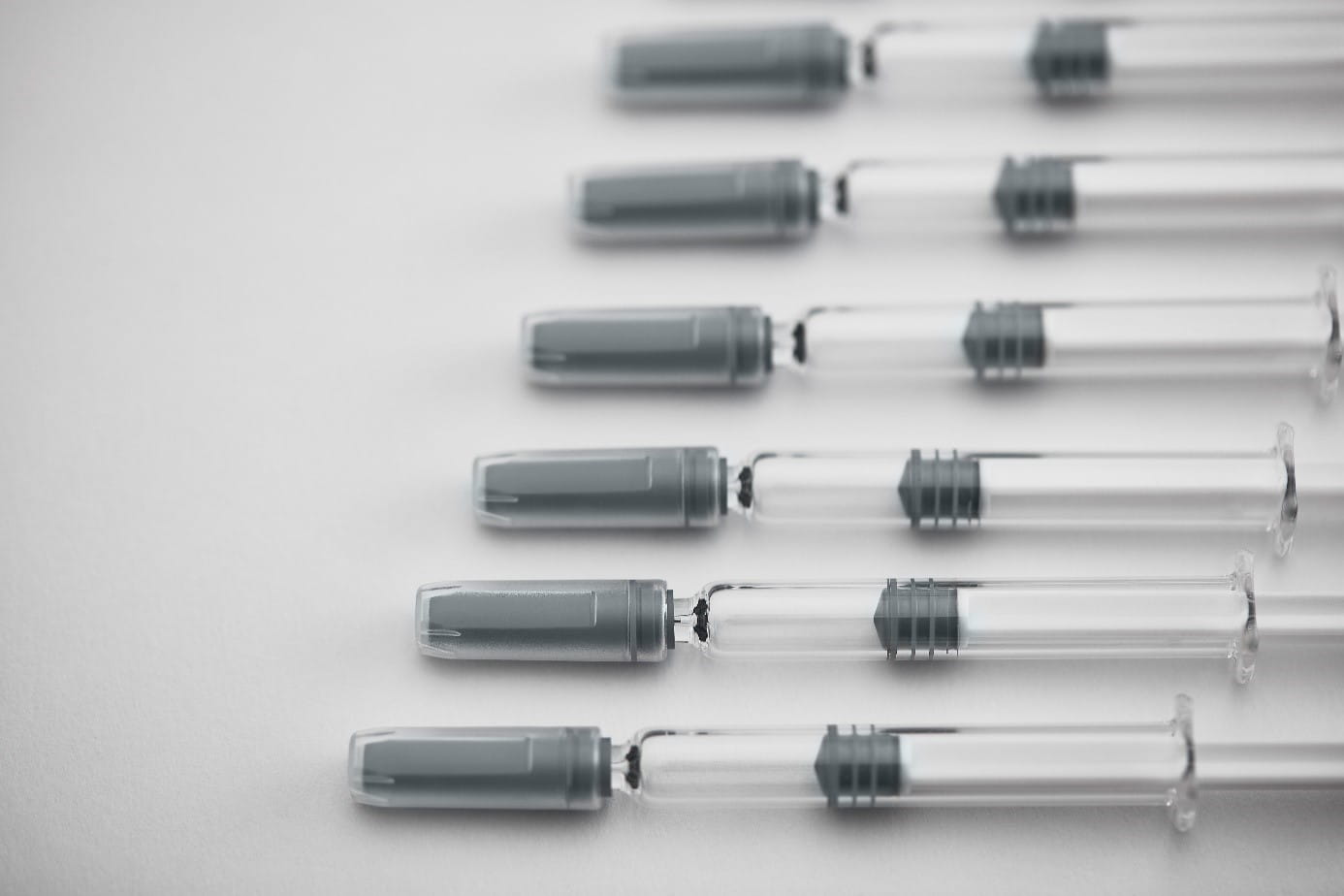In 1987, the International Organization for Standardization (ISO) issued the first version of ISO 9001, a standard intended to define the basic requirements, structure, responsibilities, and procedures required to implement an effective quality management system for manufacturing organizations in general. In 1996, the International Organization for Standardization issued the first version of ISO 13485, “Quality Systems—Medical Devices—Particular Requirements for the Application of ISO 9001,” to specify, in conjunction with the application of ISO 9001, the Quality Management System (QMS) requirements for medical device manufacturers. Today, ISO 13485 is used internationally by many regulatory authorities as the foundation for defining regulatory QMS requirements for medical device manufacturers and is utilized in regulatory harmonization programs such as the Medical Device Single Audit Program (MDSAP).

Fred Cowdery
March 28, 2024












